Nepal: WFP laptops charge hopes among girls returning to school
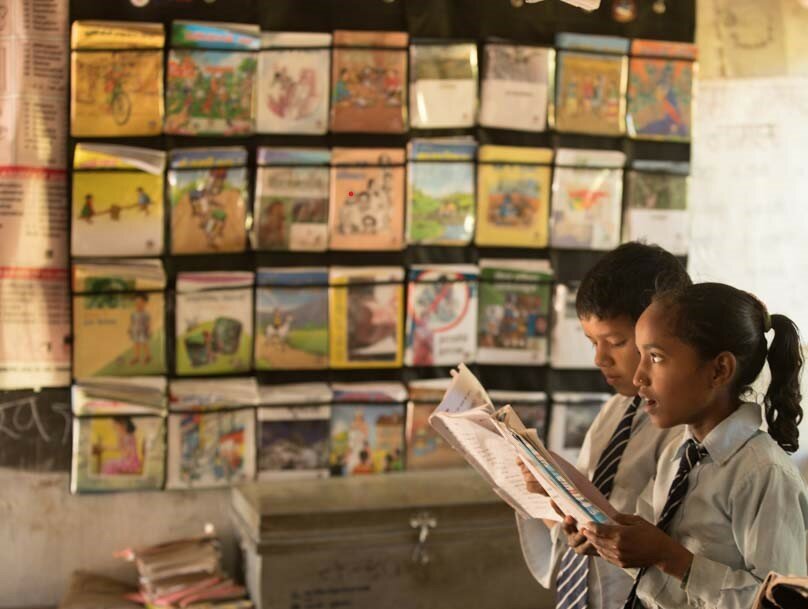
This article marks the International Day for Women and Girls in Science.
The lifecycle of a butterfly is on the menu for today’s science lesson in grade 5. On the blackboard are chalked the words ‘egg’, ‘caterpillar’, ‘pupae’ and ‘adult’.
Kalika is one of 12 schools, in the remote Jajarkot district of Nepal’s Karnali mountains, where girls are accessing computers for the first time, thanks to support from the World Food Programme (WFP) and the efforts of teacher Yasodha Sharma.
When I drop in, children are busy exploring worksheets on green laptops supplied by WFP — correct answers are rewarded with a happy beep.
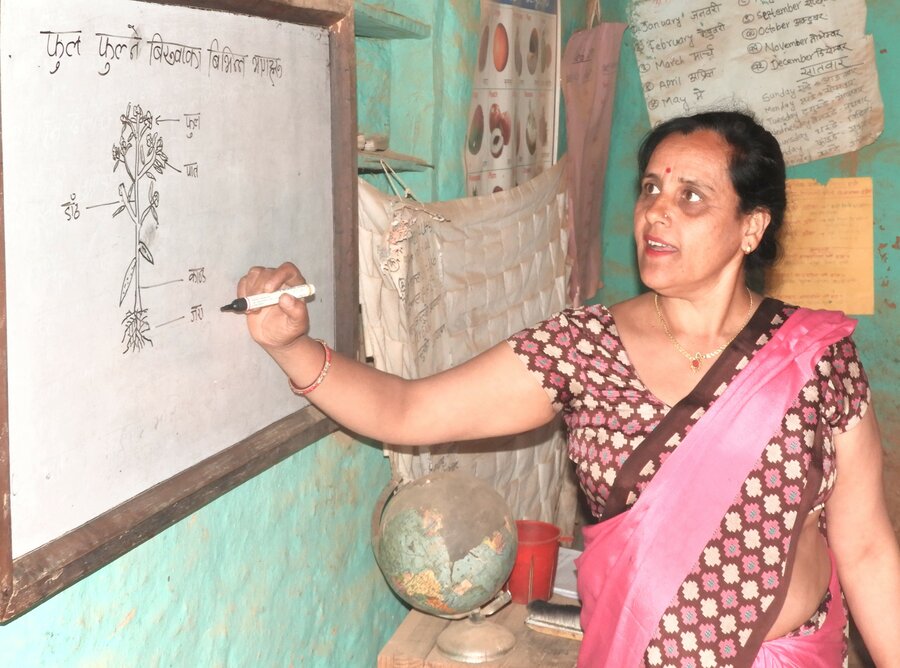
“Before, we only had textbooks but now I have many more opportunities to explore,” says teacher Yasodha Sharma. “Each week, I visit the e-library to download videos, e-presentations, and transfer it to my mobile phone to share in the class.”
Sharma herself hails from an impoverished community of Karnali.
Kyrgyzstan: School meals power one girl's dream of being a doctor
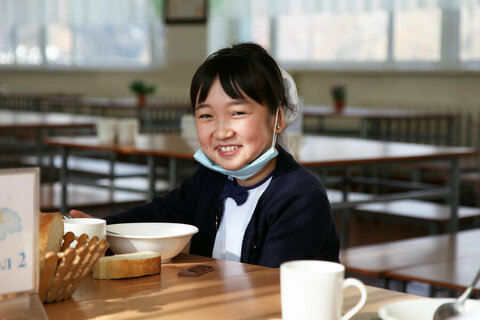
The school she joined as a teacher 15 years ago was in a dilapidated building. Unlike the boys, few girls bothered to show up for classes. Daughters were usually expected to work on family farms until their teens, when they were married off. As a youth faced with such a prospect, Yasodha almost decided to go back to her home village but with the support from the school’s principal, she set out to change things.
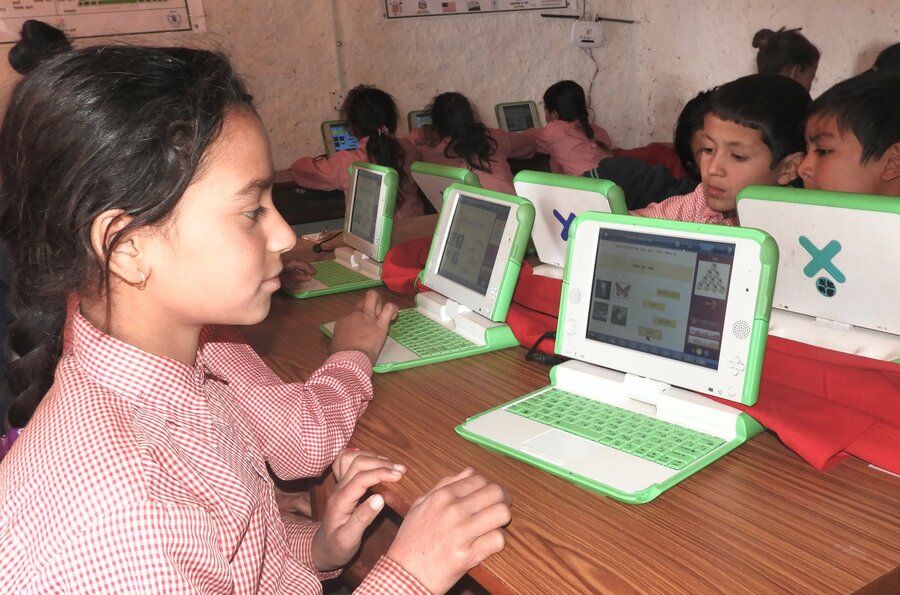
“Back then I set three targets for myself,” she says, “creating education awareness among parents, attaining 100 percent girl-student attendance and make learning joyful and engaging.”
As she spent more time with villagers, she found that most of her girl students were the first generation in their families to go to school. She then intensified the counselling she engaged in, both in homes and farms, encouraging parents to let their girls learn.
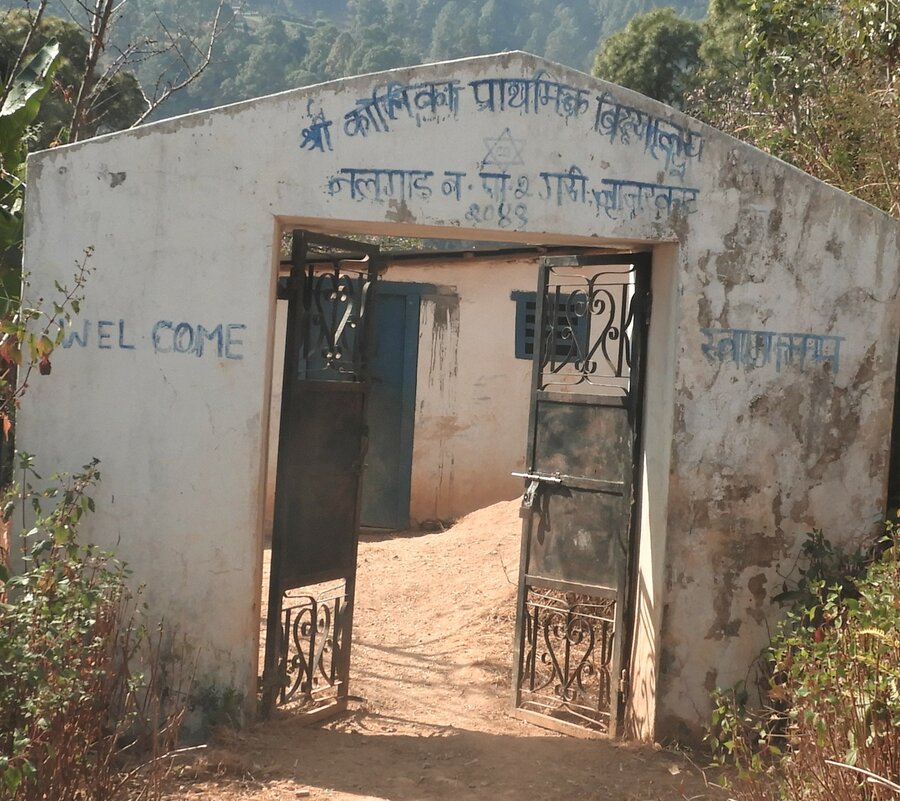
She would tell girls inspiring stories of change, encouraging them to think strongly about ways to pursue their goals. WFP supplied “storybooks, cards, and manipulatives [physical objects to help explain a concept] … as part of Early Grade Reading” scheme, she says.
Today, class attendance for girls is 100 percent. More and more score As in end-of-year exams. “One of my former girl students is now an architect working in the nearby town of Surkhet, and there are a bunch of computer engineers in Kathmandu,” says Yashoda. “This is something that would have been almost impossible for a girl from [a] poor rural background to do a decade ago”.
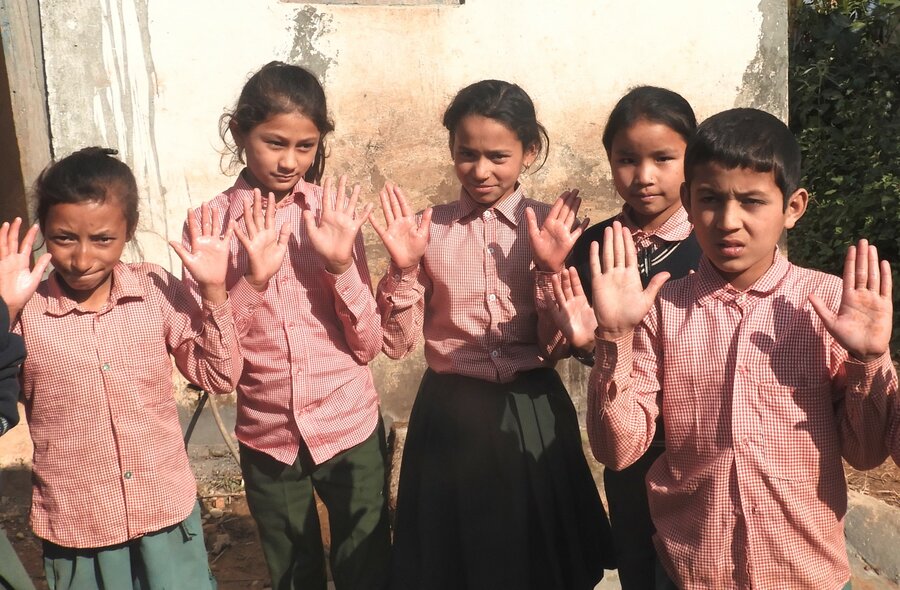
Most of the 200 students in Kalika school had never seen a laptop. So when schools reopened in November after closing due to COVID-19 restrictions, many made a beeline for them.
Remarkably, Kalika Primary School has a computer lab with 26 laptops, thanks to the US-backed McGovern-Dole Food For Education Programme donating nearly 3,000 laptops to 108 government schools in Nepal. The initiative is instrumental in helping to close Nepal's digital divide, as well as the gap between private and public schools.
Nisha, one of Yashoda’s students, want to be a scientist dealing with climate change. “Our district is prone to landslide and drought,” she says. “By looking [at] data I want to make our community stronger.”
Learn more about WFP's work in Nepal
